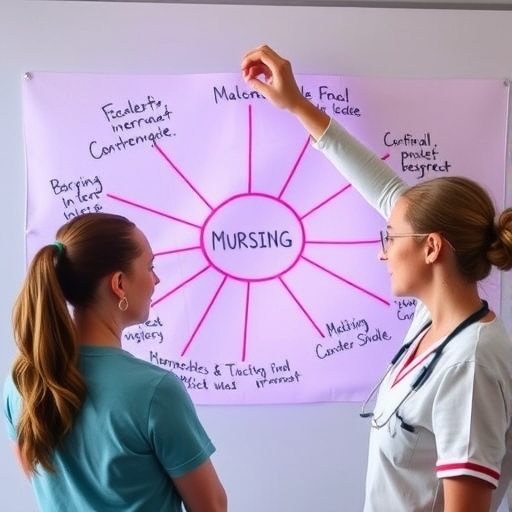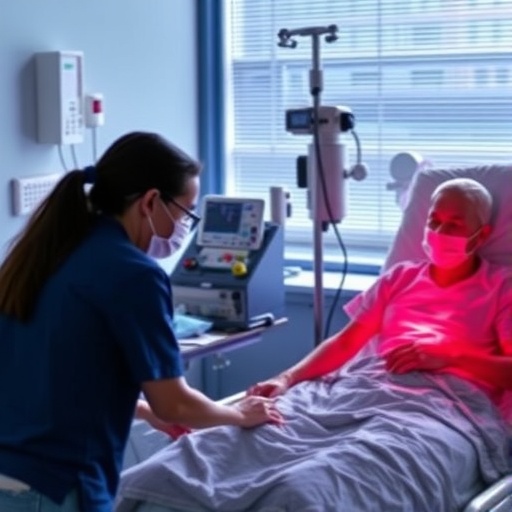The classic Turing test evaluates a machine's ability to mimic human behavior and intelligence. To pass, a computer must fool the tester into thinking it is human–typically through the use of questions and answers. But single-celled organisms can't communicate with words. So this week in ACS Central Science, researchers demonstrate that certain artificial cells can pass a basic laboratory Turing test by "talking" chemically with living bacterial cells.
Sheref S. Mansy and colleagues proposed that artificial life would need to have the ability to interact seamlessly with real cells, and this could be evaluated in much the same way as a computer's artificial intelligence is assessed. To demonstrate their concept, the researchers constructed nano-scale lipid vessels capable of "listening" to chemicals that bacteria give off. The artificial cells showed that they "heard" the natural cells by turning on genes that made them glow. These artificial cells could communicate with a variety of bacterial species, including V. fischeri, E. coli and P. aeruginosa. The authors note that more work must be done, however, because only one of these species engaged in a full cycle of listening and speaking in which the artificial cells sensed the molecules coming from the bacteria, and the bacteria could perceive the chemical signal sent in return.
###
The authors acknowledge funding from the Simons Foundation, the Armenise-Harvard Foundation, the National Science Foundation and the Province of Trento.
The paper will be freely available on January 25th at this link: http://pubs.acs.org/doi/full/10.1021/acscentsci.00330.
The American Chemical Society is a nonprofit organization chartered by the U.S. Congress. With nearly 157,000 members, ACS is the world's largest scientific society and a global leader in providing access to chemistry-related research through its multiple databases, peer-reviewed journals and scientific conferences. ACS does not conduct research, but publishes and publicizes peer-reviewed scientific studies. Its main offices are in Washington, D.C., and Columbus, Ohio.
To automatically receive news releases from the American Chemical Society, contact [email protected].
Follow us: Twitter | Facebook
Media Contact
Katie Cottingham
[email protected]
301-775-8455
@ACSpressroom
http://www.acs.org
############
Story Source: Materials provided by Scienmag




